Science is constantly pushing the boundaries of our knowledge, and sometimes, that means venturing into the wonderfully weird. Every day, scientists conduct countless studies to improve our understanding of the world. While many discoveries lead to breakthroughs in medicine or technology, others simply reveal strange and fascinating facts. Get ready to question why some of these studies even exist as we explore ten of the weirdest scientific findings of recent years.
10. Cockroaches Karate Kick Their Way Out of Becoming Zombies
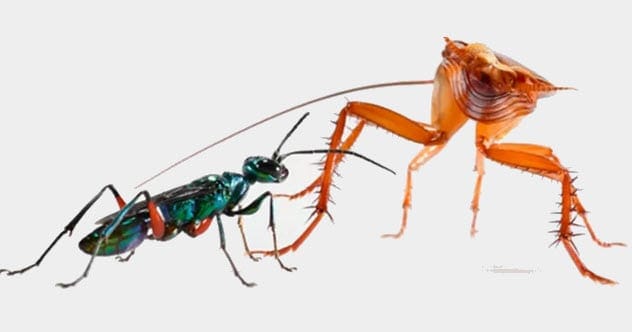
Forget surviving a nuclear blast, cockroaches have a more immediate threat: the emerald jewel wasp. This parasitic wasp stings a cockroach, injecting a neurotoxin that seizes control of its nervous system. The wasp then leads the zombified cockroach to its nest to be used as a living incubator for its eggs. But, researcher Ken Catania at Vanderbilt University discovered that cockroaches aren’t defenseless.
Using a high-speed video camera, Catania observed that about half the cockroaches managed to escape the wasp’s attack with a swift, well-aimed kick to the wasp’s head. Older cockroaches were particularly adept at this defense. This powerful kick wasn’t fatal to the wasp, but it was enough to deter them from trying again. Who knew cockroaches had such impressive martial arts skills?
9. Sperm Cells Roll Instead of Wiggle
For over 340 years, we’ve believed that sperm cells swim like eels, thanks to Antonie van Leeuwenhoek’s observations in the 1670s. However, modern 3D microscopy has revealed a different reality. Researchers from the University of Bristol and Universidad Nacional Autonoma de Mexico discovered that sperm cells actually only move their tails to one side.
This one-sided tail movement would cause them to swim in circles, so to compensate, sperm cells roll around like playful otters. This corkscrew motion propels them forward and creates the illusion of rapid side-to-side tail movement when viewed under a traditional microscope. This discovery could have significant implications for future fertility studies.
8. Humans Got Their Teeth From Fishy Ancestors
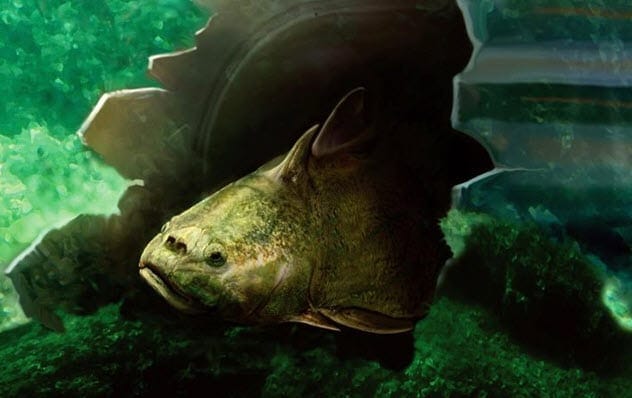
Believe it or not, our teeth may have originated with ancient, jawed fish. Scientists from the European Synchrotron Radiation Facility and Uppsala University studied fossils of acanthothoracids, fish that lived over 400 million years ago, and found striking similarities between their jaw structures and our own.
Using advanced X-ray technology, the researchers examined the internal structures of these fossils without damaging them. They discovered that, like humans, the teeth of these ancient fish were set in the bones of the jaw, unlike sharks, whose teeth are attached to the skin. This suggests a direct evolutionary link between acanthothoracids and modern humans.
7. Microbes Can Lie Dormant for 100 Million Years
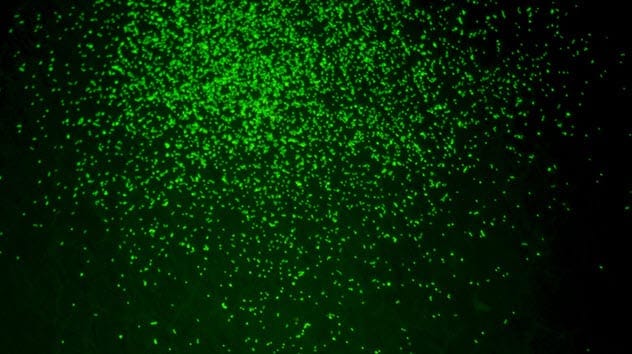
Imagine being asleep for 100 million years! That’s exactly what some microbes in the South Pacific Gyre were doing. These microorganisms were found in ocean floor sediment with almost no food or oxygen. When scientists from the Japan Agency for Marine-Earth Science and Technology discovered them in 2010, they decided to try and revive them.
Despite their incredibly long dormancy, the microbes sprung back to life with a little tender loving care, increasing their numbers dramatically within months. What’s truly baffling is how they survived for so long. Most didn’t form spores, the usual dormant structures for bacteria. Perhaps they were dividing extremely slowly, making them incredibly old, or maybe they have a secret to longevity we have yet to uncover.
6. Sheep Can Recognize Faces

We often think of sheep as simple creatures, but researchers at the University of Cambridge have proven that they have impressive facial recognition abilities. Sheep can distinguish between different human faces, much like apes do.
In experiments, sheep were trained to associate a particular person’s face with a food reward. They could consistently pick out that face, even when shown the picture from different angles. The faces used in the experiment included celebrities like Barack Obama and Emma Watson. These findings could even help us understand brain disorders like Huntington’s disease, which impairs facial recognition by using sheep to test treatments.
5. Tongues Can Smell

You know that smell and taste are connected, but did you know your tongue can actually smell? Scientists at the Monell Chemical Senses Center discovered that human taste cells have odor receptors, just like nasal cells. When exposed to odors, these taste cells reacted in the same way nasal cells do.
This suggests that our senses of smell and taste may be more intertwined than we previously thought. Intriguingly, these same odor receptors have also been found on sperm cells and in the gut, although their function in those areas is still a mystery.
4. Having More Sons or Daughters Is a Heritable Trait
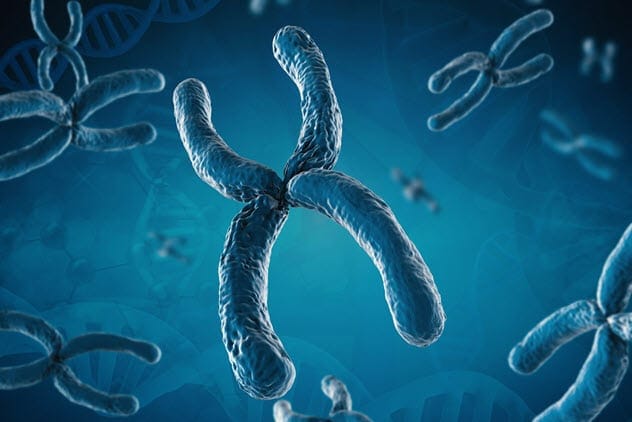
We’re often told that there’s a 50/50 chance of having a boy or a girl. However, research from Newcastle University suggests that the tendency to have more sons or daughters might be inherited. By studying almost 1,000 family trees dating back to the 1600s, they found that men with many brothers were more likely to have sons, while men with many sisters were more likely to have daughters.
This suggests a genetic influence on the ratio of X and Y chromosome-carrying sperm cells a man produces. While the specific gene hasn’t been identified, it could explain why some families tend to have more children of one gender.
3. Knives Made of Poop Cannot Slice
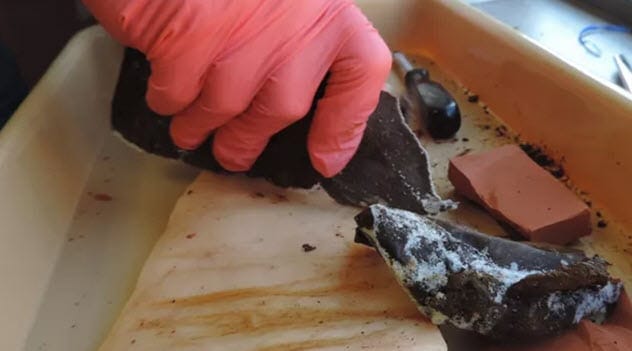
An Inuit folktale tells of a man who fashioned a knife from his frozen feces to survive in the Arctic. Scientists at Kent State University decided to put this tale to the test, and the results were decidedly unglamorous. One researcher went on a high-protein arctic diet and then fashioned knives from his frozen fecal samples.
Despite being frozen solid, the knives failed miserably at cutting animal hides and tendons, instead, they melted, leaving streaks of fecal matter. The experiment was repeated with a researcher on a Western diet, with equally crappy results. So, the next time you’re stranded in the Arctic, don’t count on a poop knife to save you.
2. Dry Spaghetti Breaks Into Multiple Pieces When Bent
If you’ve ever tried to snap a dry spaghetti strand in half, you know it usually breaks into more than two pieces. Some French researchers were curious as to why this happens (curiosity that won them an Ig Nobel Prize!). They found that when spaghetti is bent, it first breaks at the most curved point near the center. The force of this break sends waves throughout the spaghetti, causing it to shatter into multiple fragments.
However, scientists from MIT later discovered that you can snap spaghetti into two pieces by twisting it almost 360 degrees before bending it slowly. This research could be useful for scientists studying rod-like structures, or it could just help you avoid messy pasta nights.
1. Ethics Books Are the Most Likely Books to Be Stolen

Are ethicists more ethical? That’s what one researcher at the University of California wanted to find out, specifically by studying how likely they are to steal books. Ironically, philosopher Eric Schwitzgebel found that ethics books were more likely to go missing from libraries compared to books on other subjects. Older, more famous ethics books were twice as likely to be stolen.
Schwitzgebel suggests that people who borrow ethics books should be more morally aware of their actions, but they may be the least concerned about returning them. Perhaps some use their ethical knowledge to rationalize their theft, suggesting that knowing more about morality doesn’t necessarily make you more moral.
So, what do you think about these strange scientific studies? Let us know your thoughts in the comments below!










